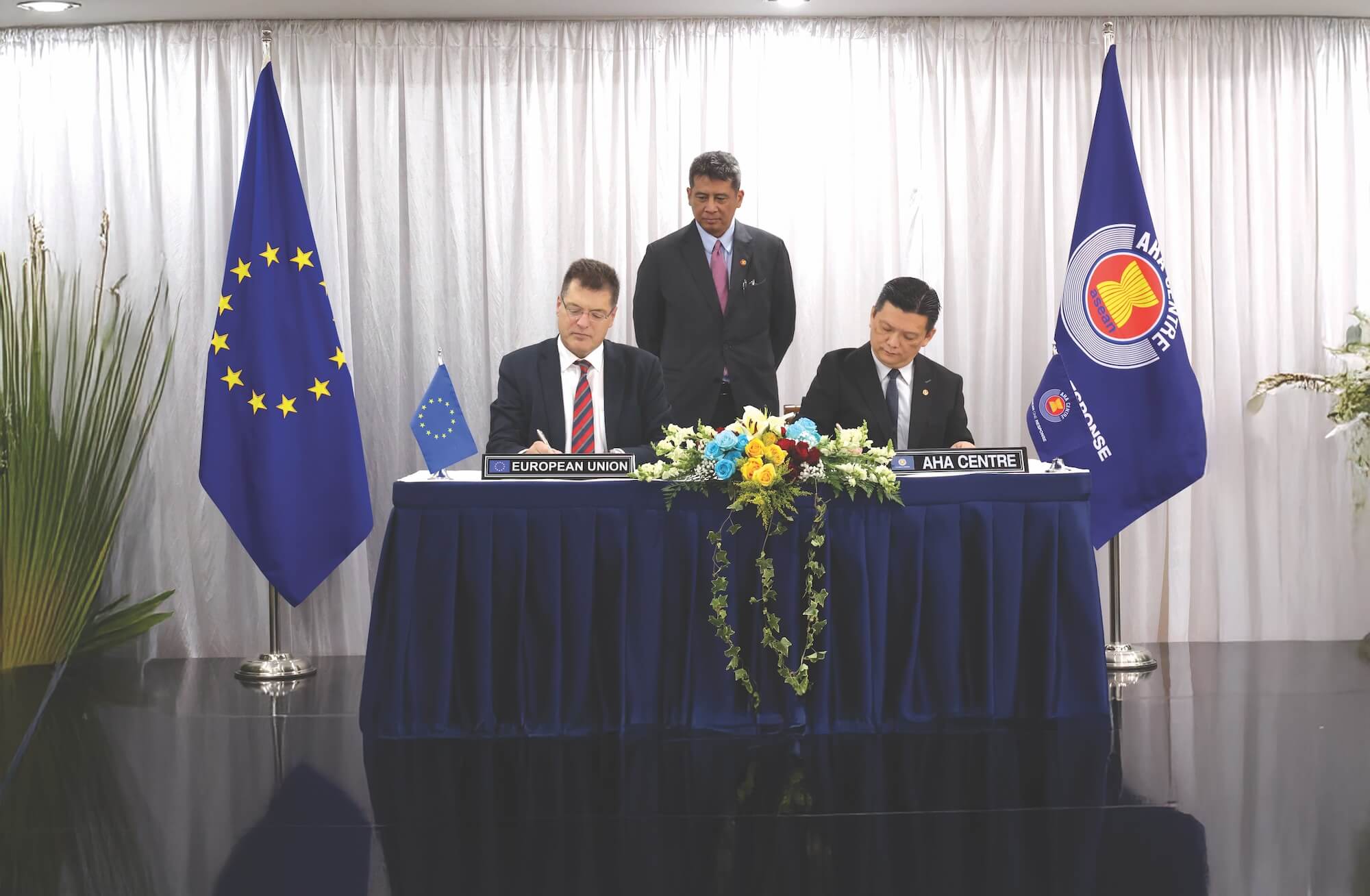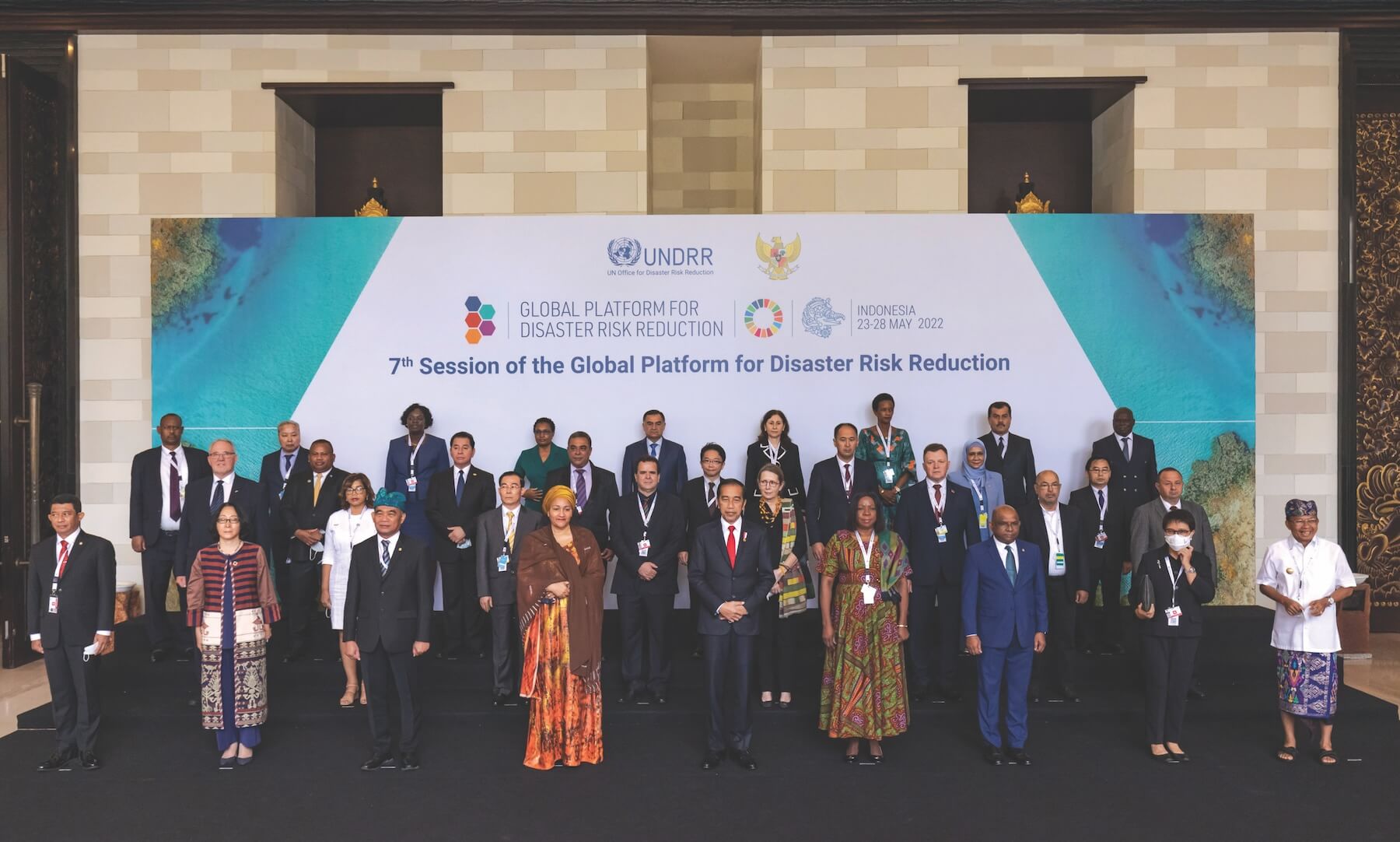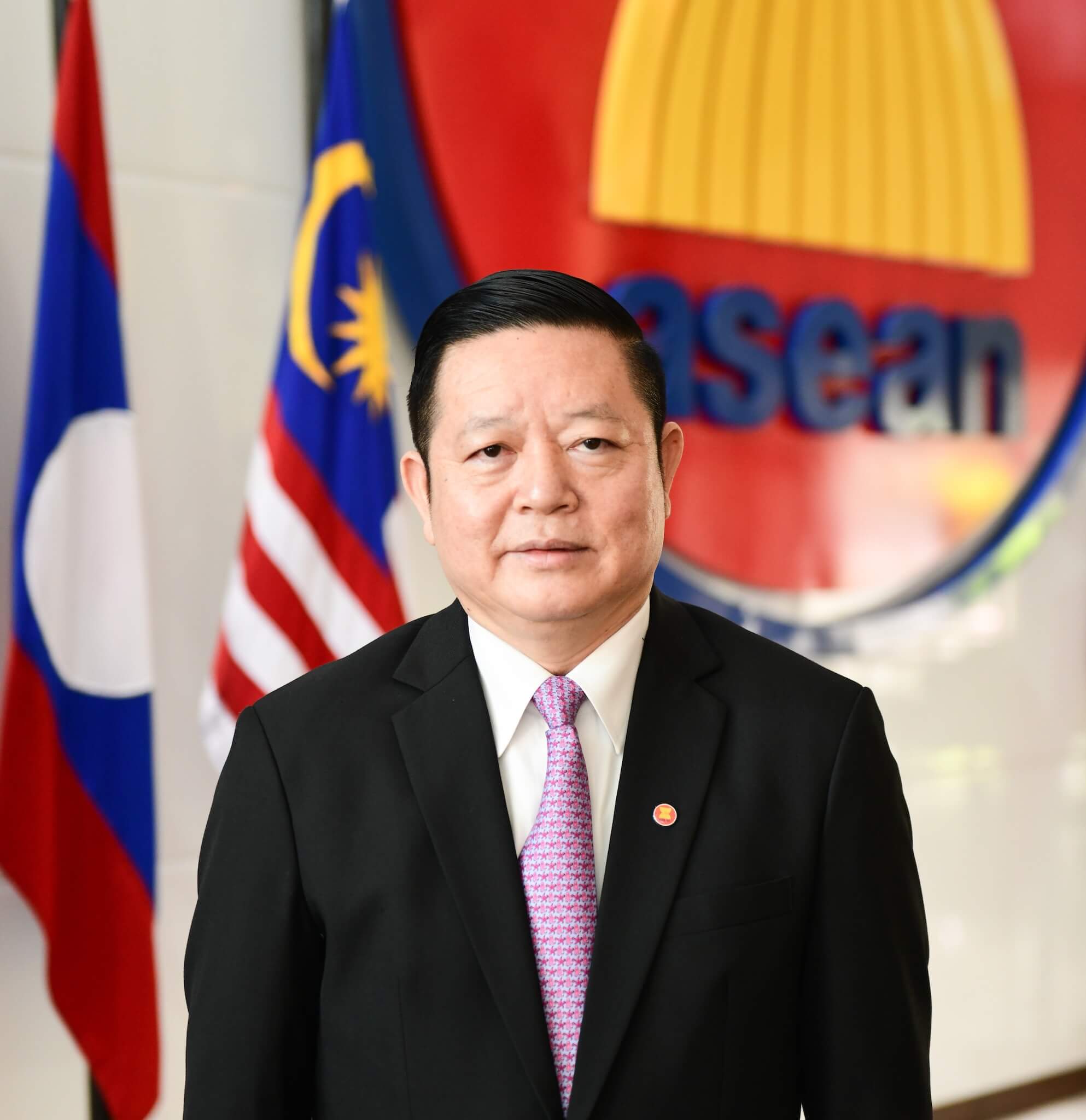



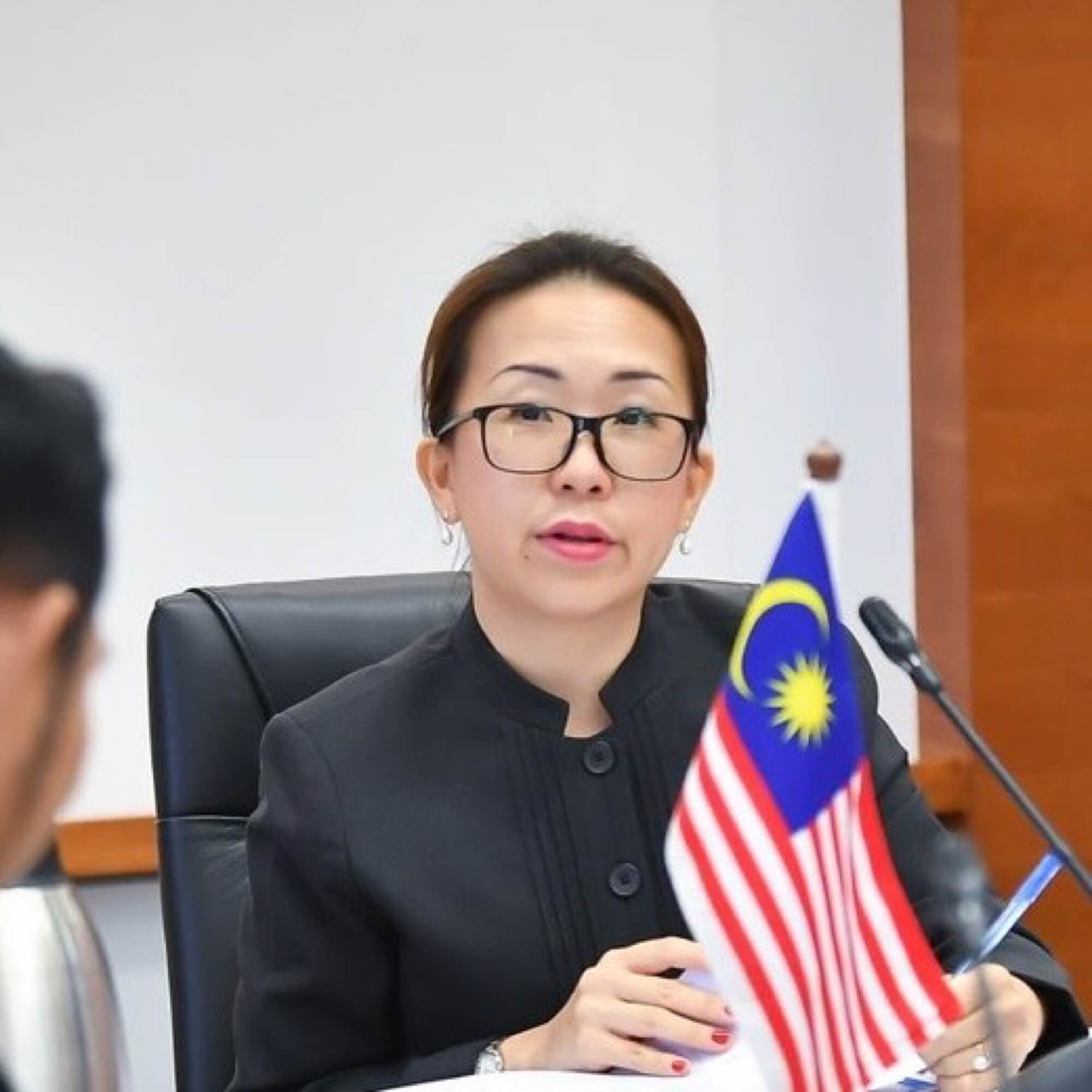
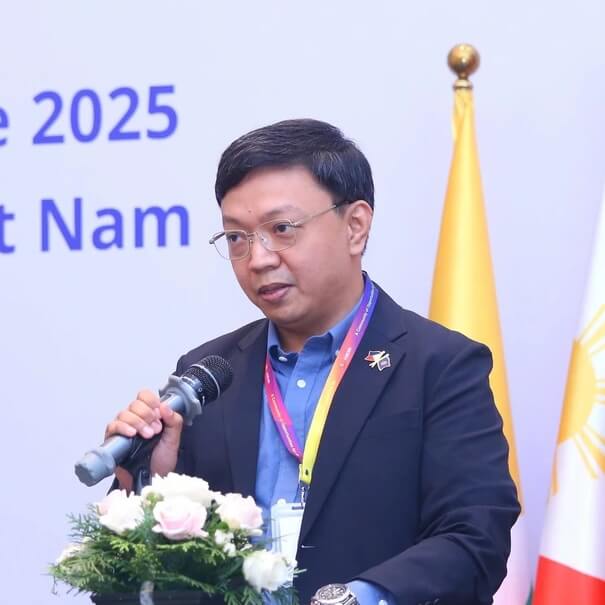
The genesis of the ASEAN Community Vision 2045
The Ha Noi Declaration on the ASEAN Community’s Post-2025 Vision paved the roadmap for the development of a Post- 2025 Vision, which led the establishment of a High-Level Task Force (HLTF). Guided by a well-deliberated Rules of Procedures, the HLTF convened its first meeting by the end of March 2022.
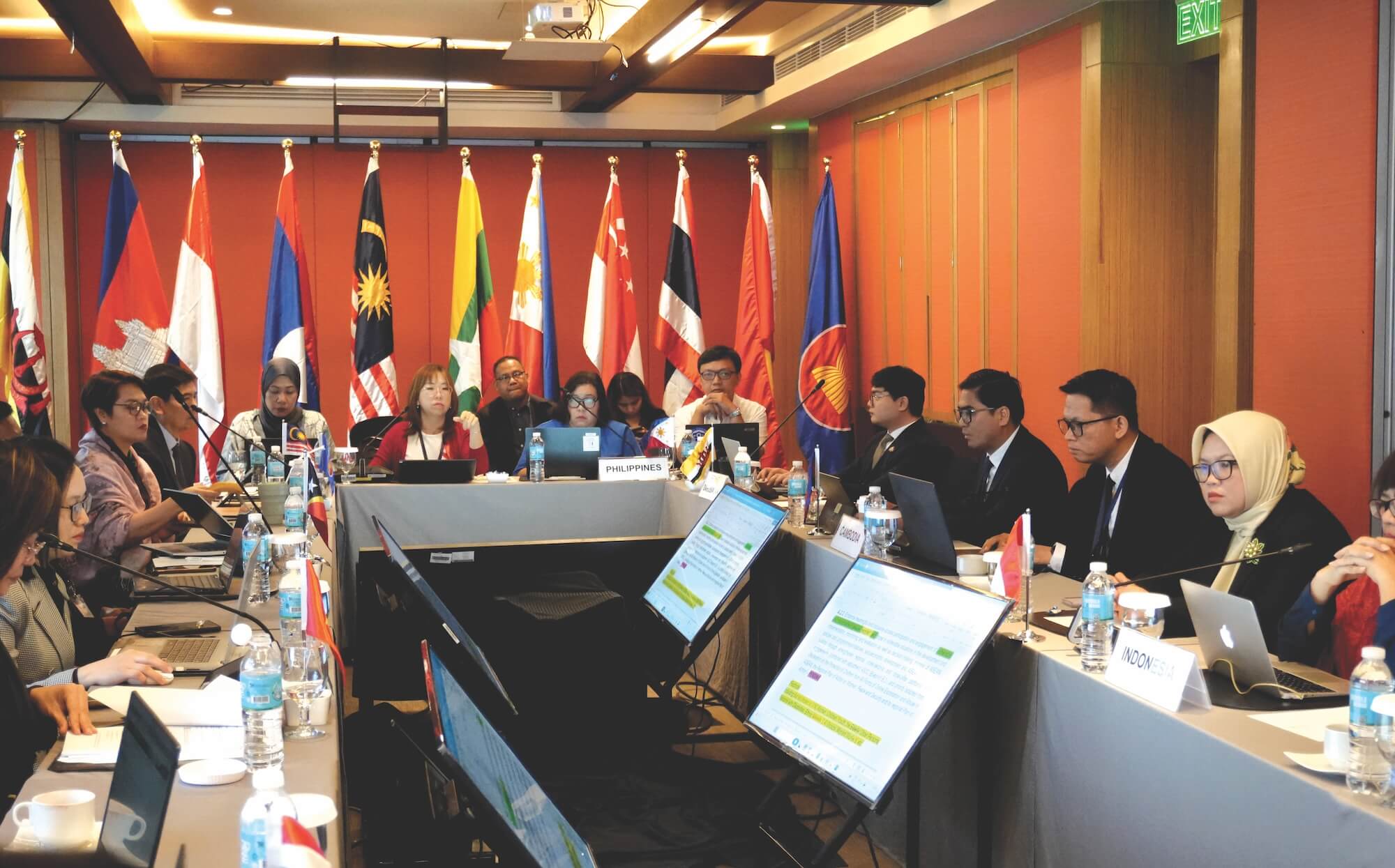
documents were to be adopted in 2025 during Malaysia’s Chairmanship, it was agreed then for Malaysia to be the Permanent Shepherd Member State, co-chairing the HLTF meetings with ASEAN Chair: Cambodia (2022), Indonesia (2023), the Lao PDR (2024), and the Philippines (2025).
Subsequently, the Core Elements of the ASEAN Community Vision were conceptualised with a General Direction, the focus of the three Community Pillars, as well as the Connectivity and Institutional Strengthening agenda. The HLTF then worked on the ASEAN Community Vision: Resilient, Innovative, Dynamic, and People-Centred which was endorsed during the 43rd ASEAN Summit.
Translating the vision into action
“Vision without action is merely a dream,” a sentiment often attributed to Joel Arthur Baker, underscores the critical need to translate the Vision into strategic measures and programmes. This translation is essential to achieving the aspirations of a cohesive Strategic Plan under each ASEAN Community Pillar. To ensure the timely submission of the ASEAN Socio-Cultural Community (ASCC) Strategic Plan, the Ad Hoc Working Group to Develop the ASCC Strategic Plan of the ASEAN Community Vision 2045 was established, mirroring the HLTF in terms of composition, chairpersonship, level of representation, modality, hosting of meetings, and work plan.
It was certainly not an easy feat to get 10 Member States to agree, or to “agree to disagree” in the name of consensus. Timor-Leste has been a highly committed observer along the way. After numerous meetings, late-night deadlines, and extensive stakeholder engagement, the ASCC Strategic Plan was finalised.
One of the cornerstones of the ASCC Strategic Plan is the inclusive and participatory approach adopted by the AHWG. As the People Pillar, covering 15 sectors that work to advance people’s quality of life, the importance of thorough stakeholder engagement cannot be overstated.
Quoting fellow AHWG members, “word-by-word, line-by-line,” the tedious drafting process was well-scrutinised and done in parallel with continuous consultation with a diverse stakeholder, including the Committee of Permanent Representatives, ASCC Divisions, ASEAN Community Pillars, Connectivity and Initiative for ASEAN Integration and Narrowing Development Gap (AI&NDG) Divisions. The Zero Draft of the Strategic Plan was developed by reviewing the 2025 ASCC Blueprint, the ASEAN Community Vision statements concerning ASCC, as well as other relevant documents, including declarations, reports, and publications.
Consulting, engaging, and communicating
In recognition of the cross-cutting nature of ASCC, different levels of stakeholder engagement were planned. The modalities were customised to ensure that we capture the broad thematic trends, challenges, and issues. Engagements at this level involved ASEAN regional entities and organisations, think tanks and research institutions, academia, and the public. Interfaces, both online and physical, were also initiated with dialogue partners, NGOs, and civil society organisations.
Given the budget and time constraints, an online survey was deployed to achieve a greater outreach, and we managed to gather almost 5000 responses. Virtual meetings and forums were also optimised to solicit opinions and insights for the ASCC Strategic Plan.
At the sector-specific level, in-depth discussions of the Zero Draft of the ASCC Strategic Plan was conducted with the ASCC Sectoral Bodies and the ASEAN Centres. Continuous consultation with the Sectoral Bodies was pertinent as they were the subject matter experts for their respective sectors. The AHWG also interacted with ASCC Council Ministers, ASC Sectoral Bodies Ministers, Parliamentarians and Eminent Persons from each ASEAN Member State. To ensure alignment and coherence with the rest of the Pillars, the AHWG had been interfacing with the HLTF.
The ASCC Strategic Plan
The finalisation of the second draft narrative of the ASCC Strategic Plan was achieved during the Tenth AHWG meeting in February 2025. This was followed by endorsement from SOCA Leaders (March 2025) and ASCC Council Ministers (May 2025) before being adopted by ASEAN Leaders on 26 May 2025 as part of the ASEAN 2045: Our Shared Future compendium.
The ASCC Strategic Plan consists of 112 Strategic Measures, 12 Strategic Goals (including two cross-pillar Strategic Goals), 16 Objectives, and 20 Key Result Areas. The Strategic Goals cover a range of areas, from equitable digital access and enhanced regional mobility to gender equality, youth engagement, and the preservation of cultural heritage, all geared towards fostering a more sustainable and inclusive ASEAN where no one is left behind.
It will serve as a comprehensive roadmap which shapes the ASCC’s trajectory for the next two decades, uplifting the lives of over 680 million people across the region, building a truly resilient, innovative, dynamic, and people-centred ASEAN.
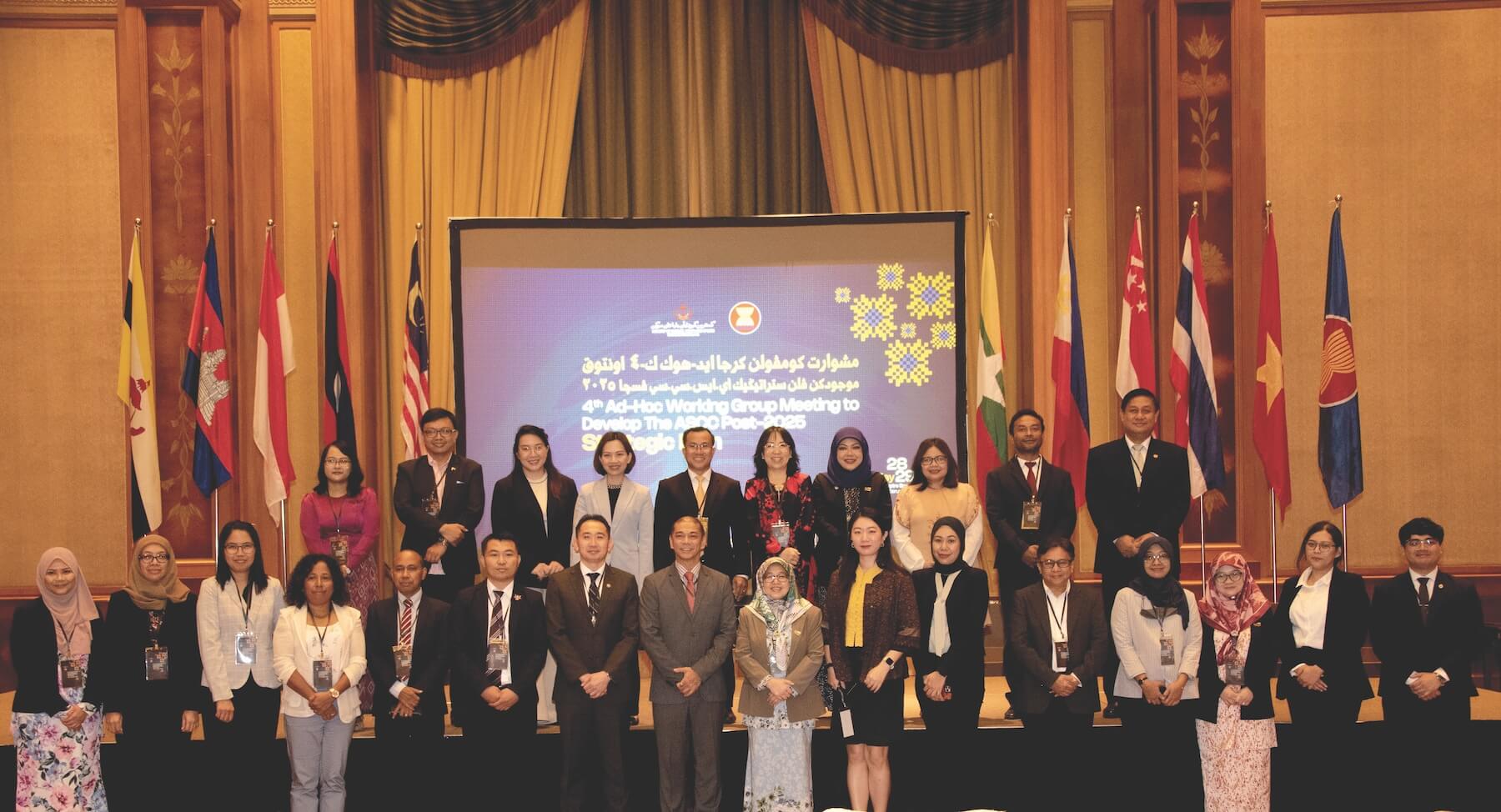
Tracking progress, driving impact: The role of the Results Framework in the ASCC Strategic Plan 2026-2035
With the ASCC Strategic Plan 2026–2035 now adopted as part of ASEAN 2045: Our Shared Future, ASEAN is shifting from vision-setting to action, from aspirations to accountability. At the heart of this implementation effort lies a powerful enabler: the Results Framework.
Not merely a technical annexe or an afterthought, the Results Framework will serve as the strategic engine that drives results-based implementation of the ASCC Strategic Plan, providing a means for ASEAN to assess whether its vision of a resilient, innovative, dynamic, and people-centred community is being translated into tangible outcomes that uplift the lives of its over 680 million citizens.
The Results Framework of the ASCC Strategic Plan 2026-2035 is a structured system of indicators, baselines, targets, and verification mechanisms that will enable ASEAN to monitor progress across the Strategic Goals, Objectives, Key Result Areas, and 112 Strategic Measures. In essence, it is the tool through which the ASCC Pillar can answer the fundamental question: Are we making a difference, and how do we know?
Incorporating consultative and data-driven processes, the Results Framework will reflect the diversity and complexity of the ASCC sectors— from labour and education, to health, environment, gender, and youth. It aligns with international standards of results-based management and is rooted in ASEAN’s commitment to good governance, transparency, and effectiveness. With this, the AHWG commenced the development of the Results Framework at the 12th AHWG Meeting held in Ha Noi, from 23 to 24 June 2025, by reviewing the proposed Key Performance Indicators (KPIs) submitted by the ASCC Sectoral Bodies.
From aspirations to accountability
The Strategic Plan sets the direction; the Results Framework will define the destination and how to measure the journey. It will ensure that each Strategic Measure is not only implemented in form, but delivers a meaningful impact. The framework will make Member States more accountable to one another and to their people by linking actions to outcomes.
In a region as dynamic and complex as ASEAN, policy decisions must be informed by timely and credible data. The Results Framework will strengthen institutional learning by providing a feedback mechanism that informs mid-term corrections, policy reviews, and priority setting. It will enable ASEAN to track what works, identify areas that need adjustment, and determine where further support or collaboration is required.
It is envisioned that by harmonising indicators and establishing shared targets, the Results Framework will foster greater alignment among ASEAN Member States, promote cross-country learning, help identify champions and innovators, and accelerate the adoption of good practices. It will also facilitate external evaluations and reporting on regional progress towards international commitments, including the Sustainable Development Goals (SDGs).
Bringing ASEAN closer to home: A framework for the future
Perhaps most importantly, the Results Framework will bring ASEAN closer to its people. Monitoring results that affect daily lives—such as access to education, air quality, employment opportunities, or cultural participation make the ASCC’s work more transparent and relatable.
As ASEAN embarks on the next phase of its journey under the ASEAN Community Vision 2045, the ASCC Strategic Plan and its accompanying Results Framework will serve as the compass and guidepost. Together, they form the architecture through which ASEAN can not only envision a better future, but also build it— step by step, measure by measure.
Embedding a strong culture of monitoring, evaluation, and learning within ASCC governance sends a clear message: that the future of ASEAN lies not only in lofty declarations, but in tangible, measurable, and lasting change for its people.




